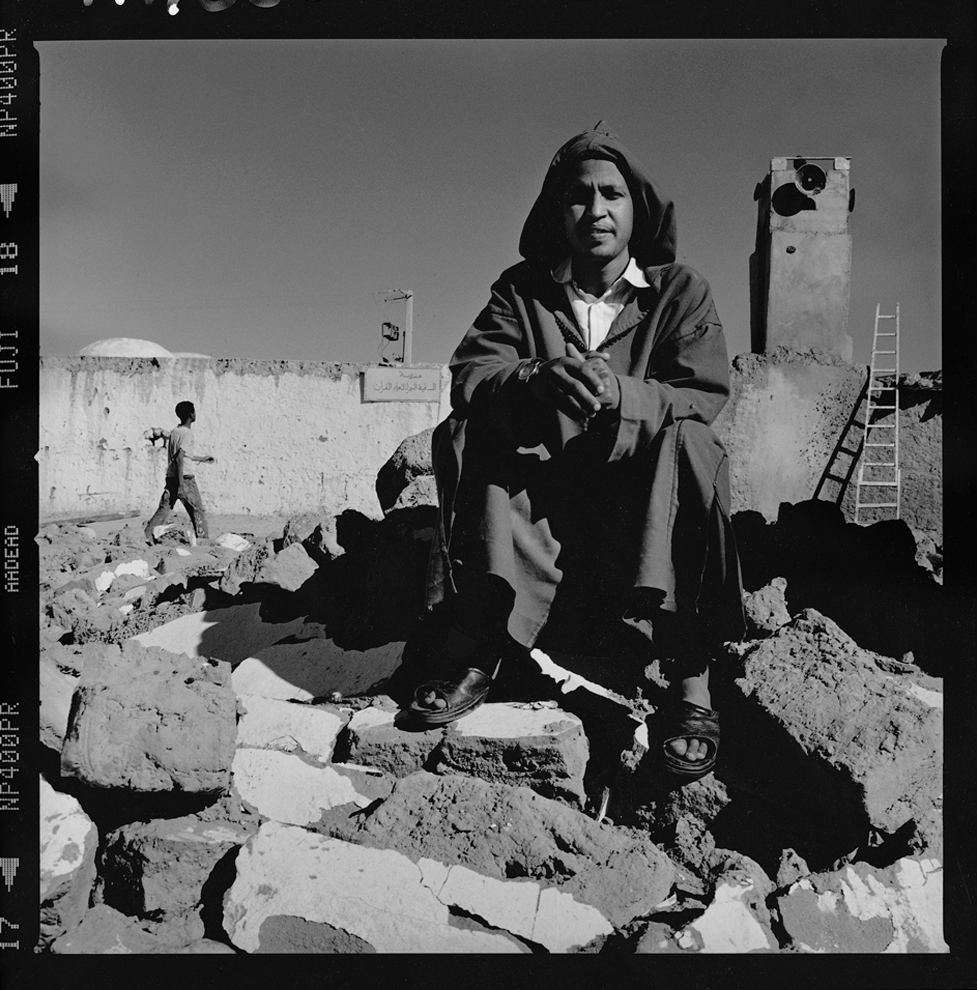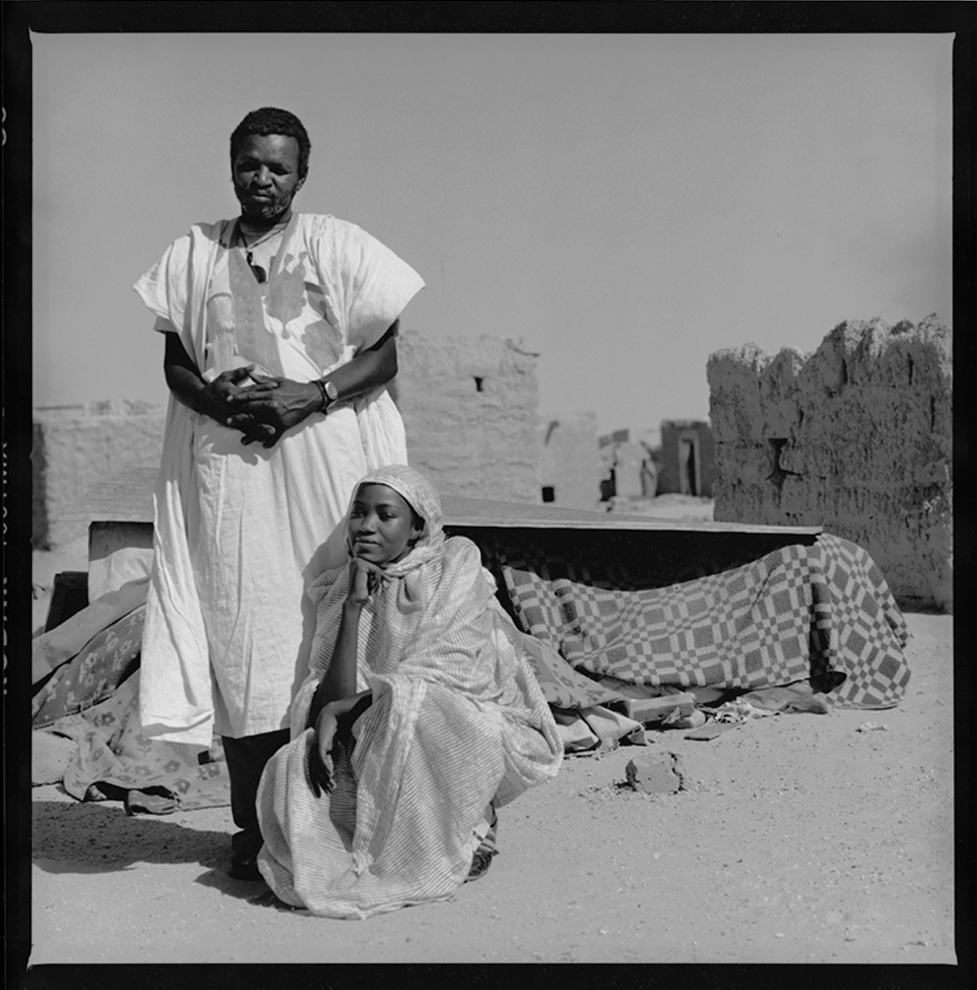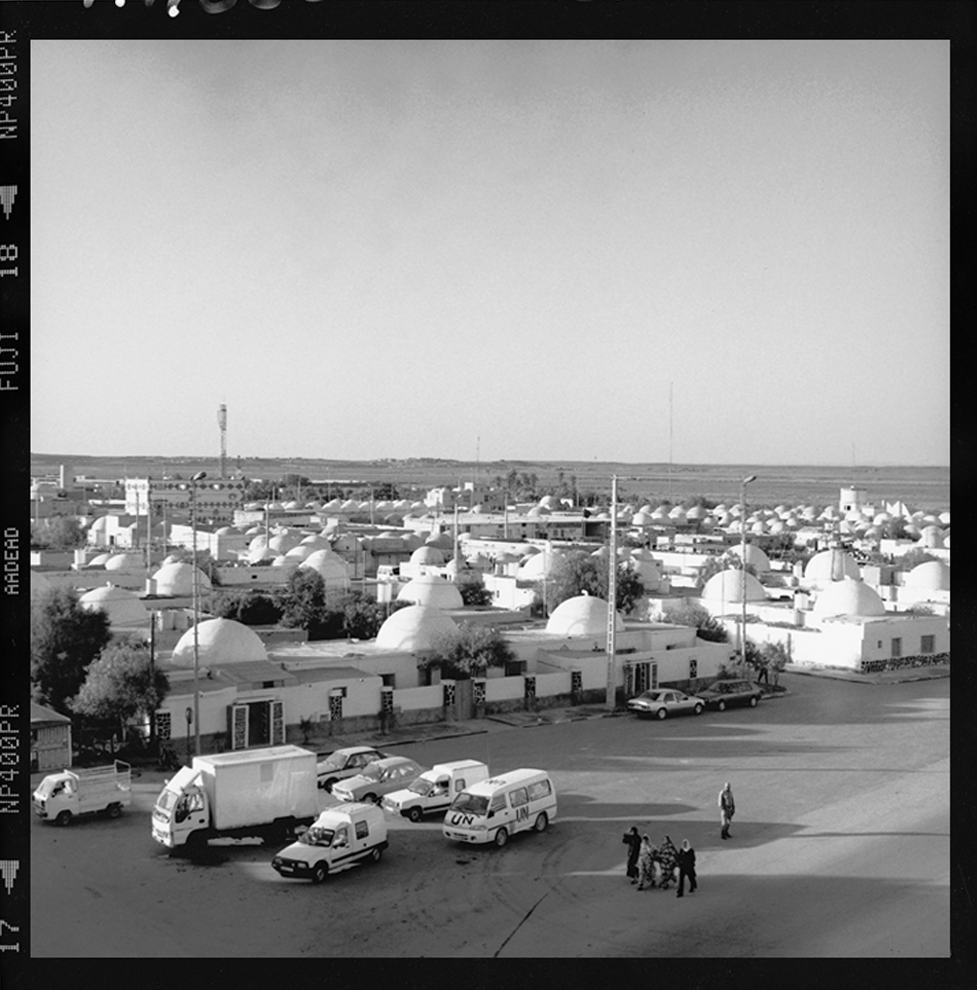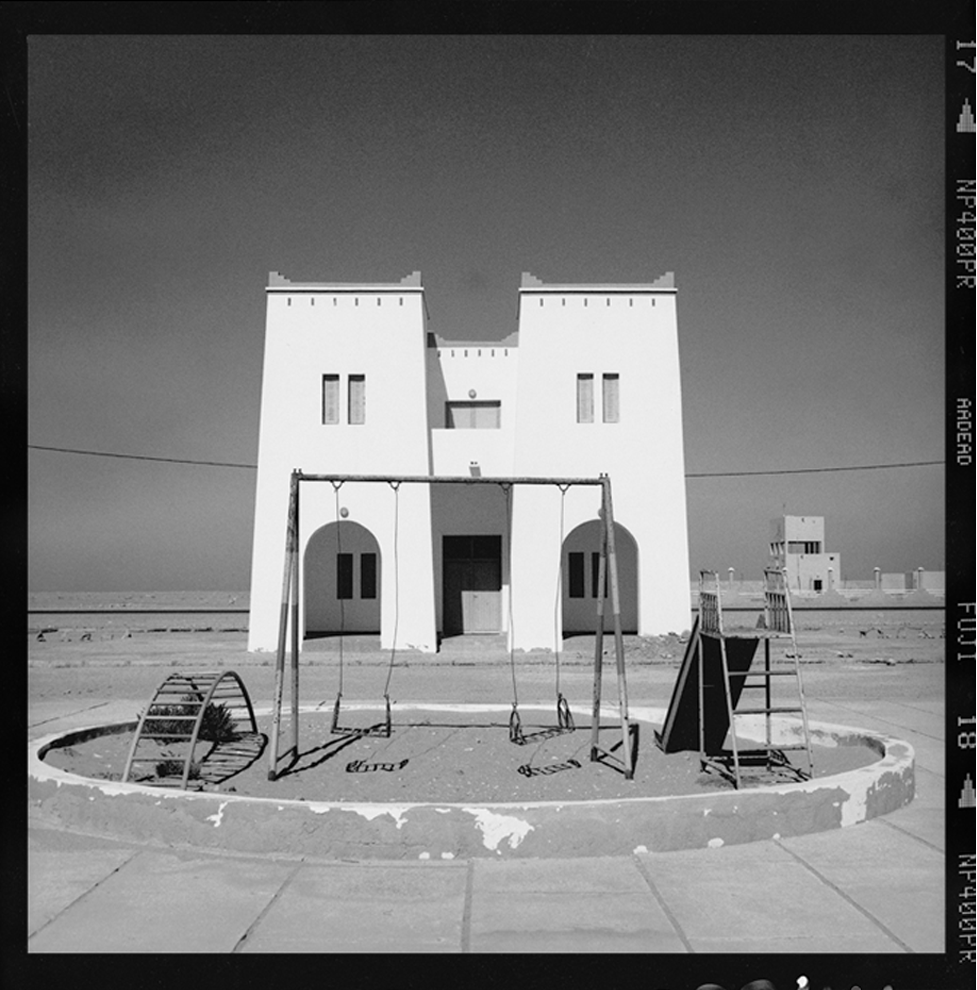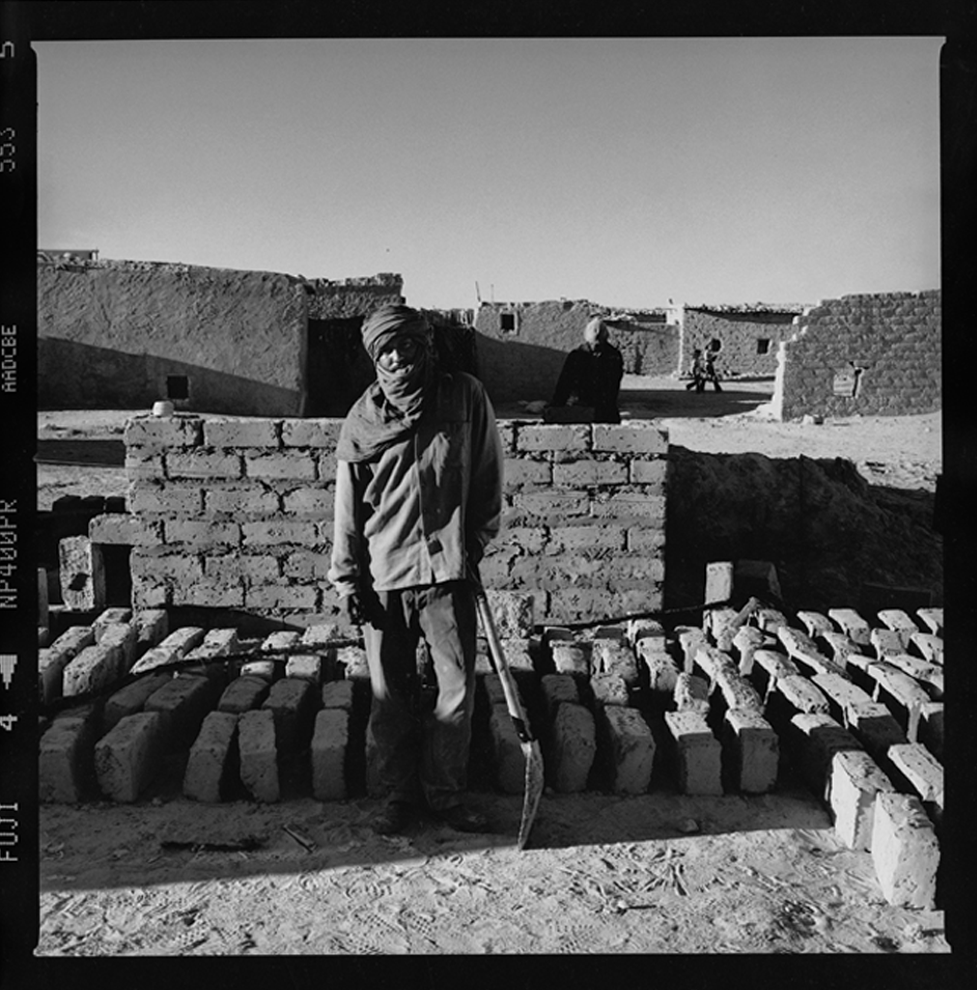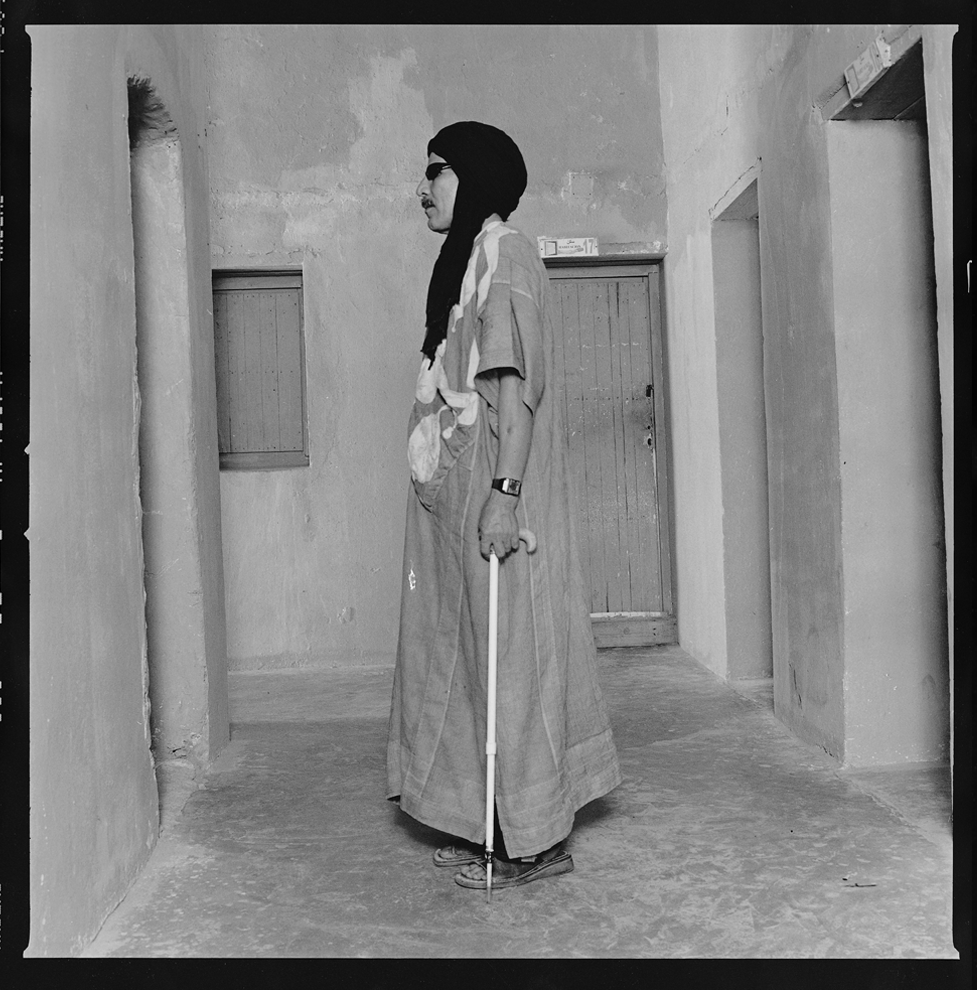The Saharawi
The Sahrawi are a Muslim, Hassaniya Arabic speaking tribal people of Arab-Berber heritage, which have historically lived a nomadic existence in the westernmost Sahara.
The Conflict
Western Sahara is one of the world's last remaining non self-governing territories. A former Spanish colony, the mineral-rich region has been under Moroccan control since 1976. The legality of the Moroccan occupation is not internationally recognised and is militarily disputed by the Polisario Front, a Saharawi nationalist movement claiming independence for the territory. After fifteen years of military conflict, in 1991 Morocco and Polisario agreed a ceasefire. The plan called for a referendum on independence or unification with Morocco voted by the population of Western Sahara. The UN sent a peace-keeping mission to oversee the ceasefire and make arrangements for the vote.
The referendum has not yet occurred because of disagreements between the two sides over who should be allowed to vote. Both sides believe that the electoral roll will ultimately determine the outcome of the referendum.
Occupation and Displacement
The confilct has dispersed the Saharawi population. The invasion of Western Sahara by Morocco in 1976 produced an exodus of refugees fleeing the violence: today there are close to 200,000 Saharawis in refugee camps in Algeria, entirely dependent on precarious aid flows.
Tens of thousands of Saharawis live in Westen Sahara under Moroccan occupation, with virtually no freedoms. Here the native Saharawis are outnumbered by the Moroccan settlers and military forces. Since occupation they have been subjected to human rights abuses and their culture has been deliberately opressed.
Aprprocimately 10,000 Saharawi nomads live in mine-infected areas on the broder with algeria where there are regular mine casualties.
A number of Sharawis immigrated to Spain where the former colonial ruler granted citizenshi to all Saharawis born before 1976.
Following the Settlement Plan agreed between the Government of Morocco and the Polisario Front, MINURSO was deployed by the UN in 1991 to monitor the ceasefire and to organise and conduct a referendum which would allow the people of the Western Sahara to choose between independence and integraiton with Morocco.
Seventeen years later they have not completed their mission, because of difficulties in securing an agreement between Morocco and Polisario over who should be eligible to vote.
The Moroccan authorities bussed thousands of ethnic to the main towns in Western Sahara to participate in the referendum, hoping that they would support unification. Initially, they lived in tents, subsequently in more permanent Wahda (Unity) camps in Laayoune, Boujdour and Smara.
Since then, the Moroccan government has built housing developments on the outskirts of Smara and Laayoune to provide permanent housing for the Wahda camp residents.
The photograph shows a building from the Laayoune development, which is expected to house 15,000 people.
In spring 2007 when Gignouxphotos was in Tindouf, rare flash floods had recently devistated the camps.
Adi, pictured here, came to Smara Camp with his mother in 1976, after the Moroccan invasion of Western Sahara. he is shown laying bricks for a new house after his previous home was washed away by the torrential rains; he is one of 12,000 families who lost their dwellings in the freak weather conditions.
Omar was born in 1956 in Dakhla, Western Sahara. He was blinded when his car hit a landmine.
Western Sahara is divided between Polisario and Morocco by 2,400 km of defensive walls known as berms, built by Morocco. These berms were fortified by the latter using antipersonnel and anti-vehicle mines. At present 10,000 Saharawi nomads live in mine-affected areas on both sides of the berms.
